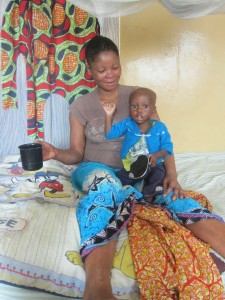
Jag har ju lovat fler bilder från leveranserna av Sticka & skicka-kläder — och här kommer några stycken till att börja med! Det är doktor Britt och doktor Karin som har delat ut kläder till barn som har kommit till sjukhuset (ja, alla ser ju att det här inte riktigt är förlossningsavdelningen, barnen är inte riktigt så små …) och som behöver lite värme för att återhämta sig snabbare.
Lite från sjukhusets webplats:
Mpongwe Mission Hospital plays a vital role in the health care of Mpongwe District. In the Copperbelt Province where the Hospital is located 16-20 percent of adults are infected by HIV/AIDs, malaria is rampant, 17 percent of children die before the age of five from neonatal causes, malaria, pneumonia, diarrhoeal diseases and HIV/AIDS. Malnutrition among children is a challenge and the number of orphans is very high in the area.
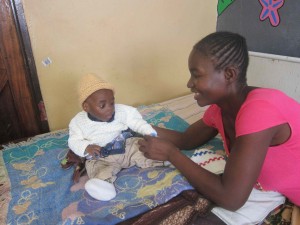
Food insecurity is a problem in Zambia and in our region. With its fertile soil, Zambia is a country of opportunity for agriculture and Mpongwe is one of the better regions for agriculture. Nevertheless, food security remains a huge problem, partly due to hard weather conditions (heavy rains and drought) and techniques. 19 % of children under 5 suffer from moderate to severe underweight and 39% of moderate to severe stunting. The variety of food sources is limited and protein is often lacking from diets. Many survive on only maize. Subsistence farmers who lose their crops due to heavy rains (or no rain) have nothing to fall back on and children are often subjected to periods of lack of nourishment.
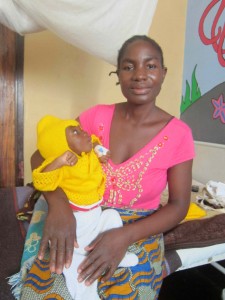
Our malnutrition clinic provides specialized care. The time it takes to treat a child can be from several weeks or months. This care requires specialist training of nurses, doctors and nutritionists. While a child is at the clinic parents are given education in nutrition in our open are cooking area. Patients are given supplemental nutrition as they go home. Our Malnutrition Clinic was recently upgraded with a generous donation. In addition volunteers have given it a cheerful paint job.
In addition to what the hospital is doing the denomination MBA is playing a role in food security. An element of the development project is analyzing what can be done, together with churches to change the causes of food insecurity. An initial group of pastors, widows and church leaders were selected to attend to agricultural programs to get training that they can pass on to others. The planning will continue as community initiated interventions are identified.
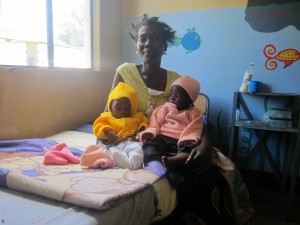
Mpongwe is a seriously malaria stricken area, with pregnant women and children the most vulnerable.
We treat thousands of malaria patients every year but see exciting improvements from programs we are involved in. Preventative measures include distribution of bed nets, regular net replacement, giving all pregnant mothers preventative medicine, and education to all new mothers in use of bed nets.
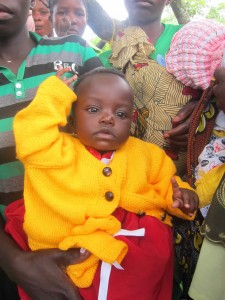
Through education people are becoming aware of the disease and know how to respond.
An improved method for malaria testing has been made available at the hospital and at rural health centres, resulting in people getting treated in earlier stages and allowing for more effective treatment. An Indoor Residual Spraying programme has been implemented by the District Health Office.
The combined impact of this intensive program has had a radical effect. In 2008 the number of Malaria patients treated has decreased by 11% and malaria deaths have decreased by 75% (compared to 2007).
The hospital gives comprehensive care to children suffering from respiratory infection, malaria, diarrhoeal diseases, HIV/AIDS and TB.
The hospital gives excellent maternity care and has one of the lowest death rates at childbirth of all Zambian hospitals.
Visst är det hoppingivande med allt som går att göra? Det är bara att fortsätta …
Jaa! =-D Man blir så taggad och glad för allt som GÖRS! Fram för fler Goda Nyheter i Nyhetsflödet!!!
Det är så roligt att se slutmålet ♥ värmer hjärtat ♥
Fortsätter med glädje att sticka/virka.
Tack så jättemycket för Urchin-boken som kom i fredags! Vi ska läsa den i klassen framöver.
Svar till Maria:
Åh, roligt att höra! Rapportera gärna. Jag håller på med fyran nu — den kommer på svenska i höst!